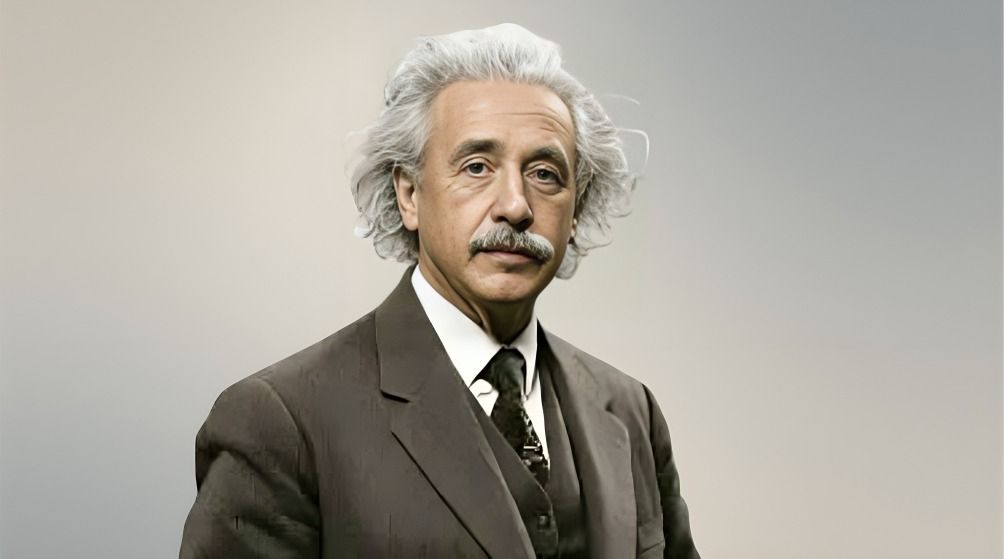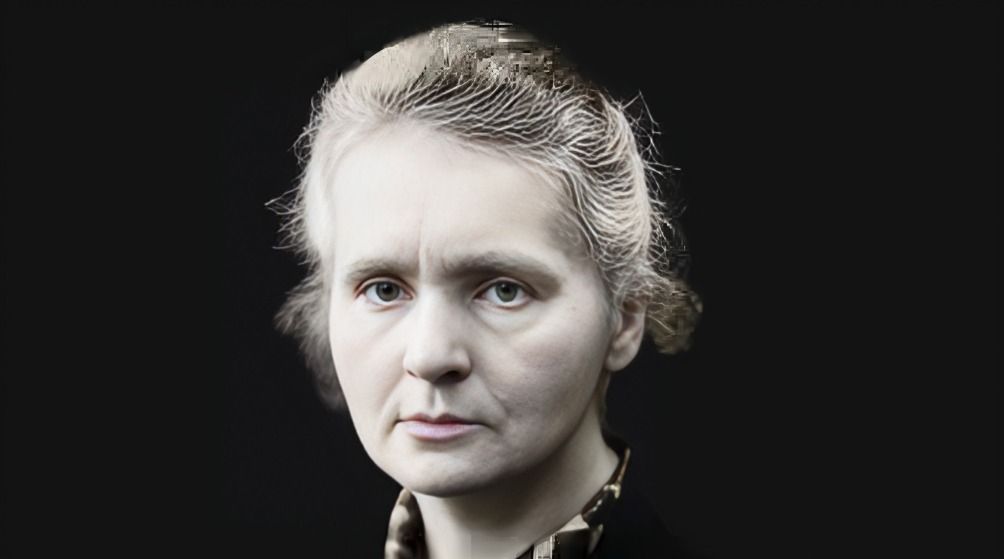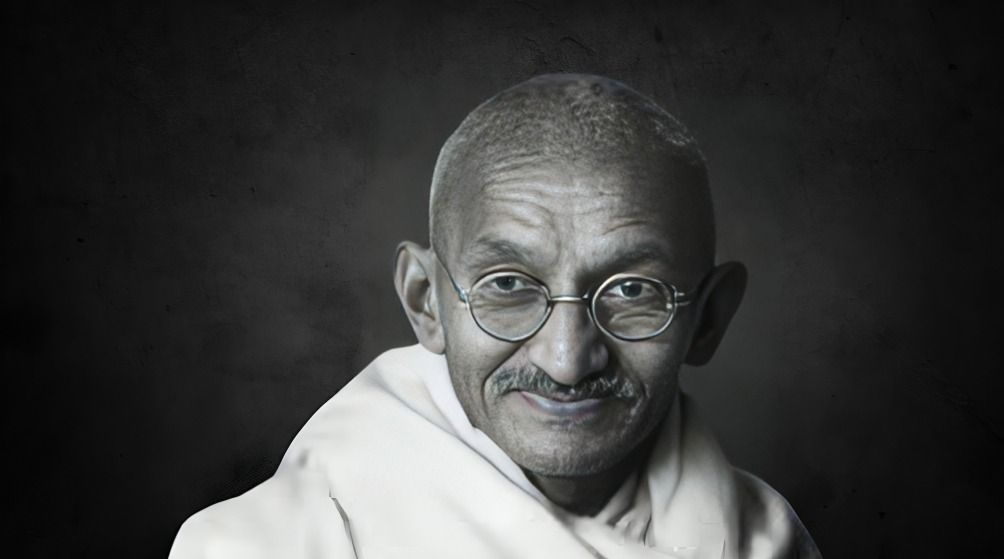
“
Mahatma Gandhi, often called the "Father of the Nation" in India, was a pivotal figure in the country's struggle for independence. Known for his philosophy of nonviolent resistance, Gandhi's life was dedicated to fighting for justice, equality, and peace. From his early years as a lawyer in South Africa to leading mass movements in India, Gandhi’s influence extended beyond borders, inspiring civil rights movements worldwide. This blog delves into 20 amazing facts about Mahatma Gandhi, highlighting his beliefs, achievements, and the values he stood for. Each fact offers a glimpse into the life of a man whose ideas continue to inspire millions in the pursuit of truth and justice.1
”
Mahatma Gandhi's protest methods were unique; he marched 240 miles to the sea to make salt, defying British law. This bold Salt March became a key moment in India's independence movement.1
Gandhi trained as a lawyer in London, but later embraced simple, handmade cotton clothes. This choice reflected his dedication to Indian traditions and resistance against British economic control over India.2
Gandhi spent 21 years in South Africa, where he pioneered non-violent resistance. He led campaigns for Indian rights, laying the groundwork for the strategies he would later use to fight British rule in India.3
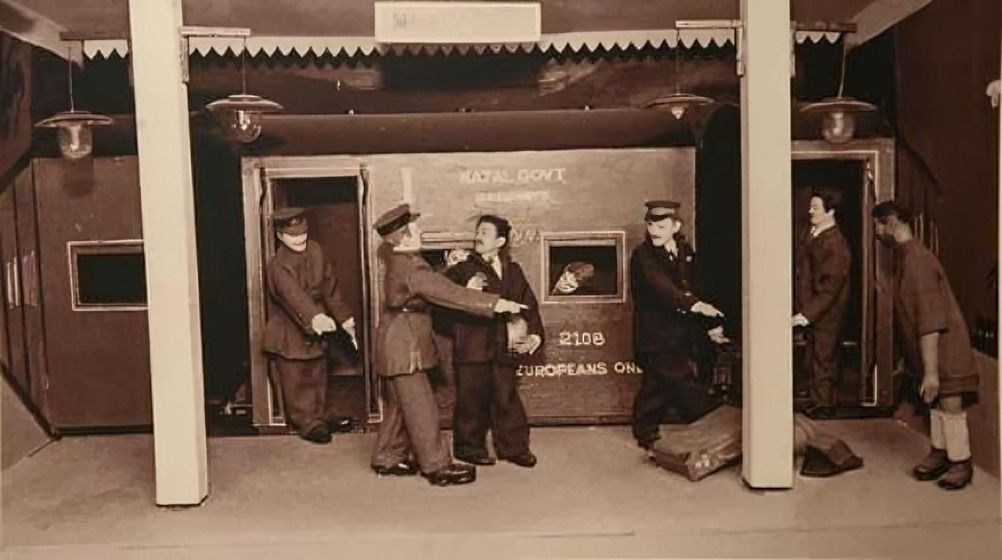
In South Africa, Gandhi was thrown out of a first-class train compartment after refusing to give up his seat. This injustice sparked his lifelong commitment to challenging oppression through peaceful protest.
Believing that true leadership meant staying close to the people, Gandhi often walked barefoot to villages, meeting with the poorest communities. His approach emphasized equality and simplicity, rejecting elitism and materialism.4
Gandhi's real name was Mohandas. 'Mahatma' is a title meaning 'great soul,' showing love and respect. A friend, Pranjivan Mehta, first called him ‘Mahatma’ in a 1909 letter, long before his global fame.5
Gandhi used hunger strikes as a protest tool, fasting 17 times during his life. One of his most notable fasts lasted 21 days, highlighting his willingness to sacrifice for justice and peace.6
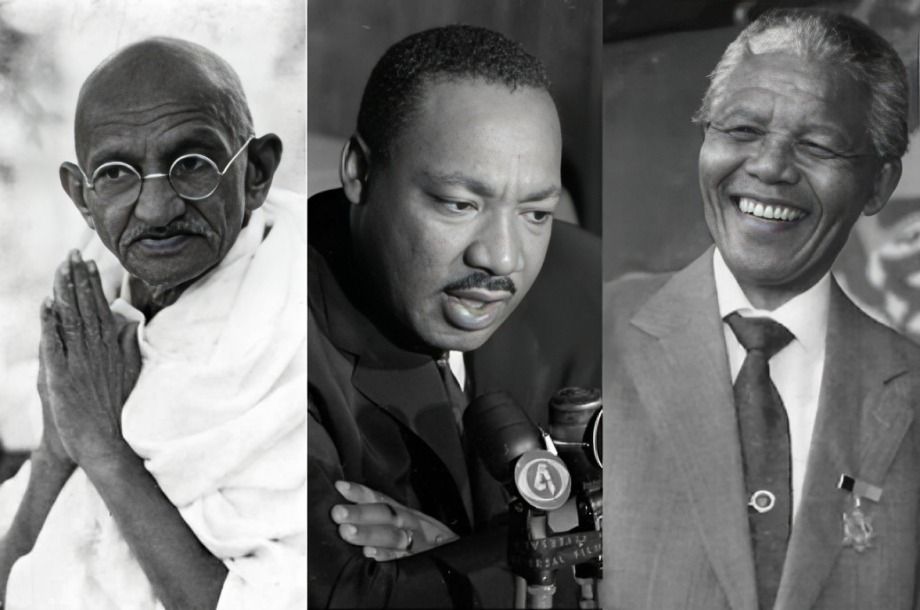
Gandhi’s philosophy of non-violence inspired global civil rights leaders like Martin Luther King Jr. and Nelson Mandela. His tactics became the blueprint for peaceful resistance movements around the world.
At thirteen, Gandhi married fourteen-year-old Kasturbai Kapadia in 1883. They saw marriage as new clothes and sweets. They had five children; their first baby sadly died soon after birth.7
Despite brutal treatment by British authorities, Gandhi maintained a sense of humor, once joking, "I am probably the only politician with no ambition." His humility made him beloved by millions, even opponents.8
Nominated five times for the Nobel Peace Prize, Gandhi never won, though he redefined peace and non-violent protest. Many still regard him as a symbol of global non-violence and perseverance.9
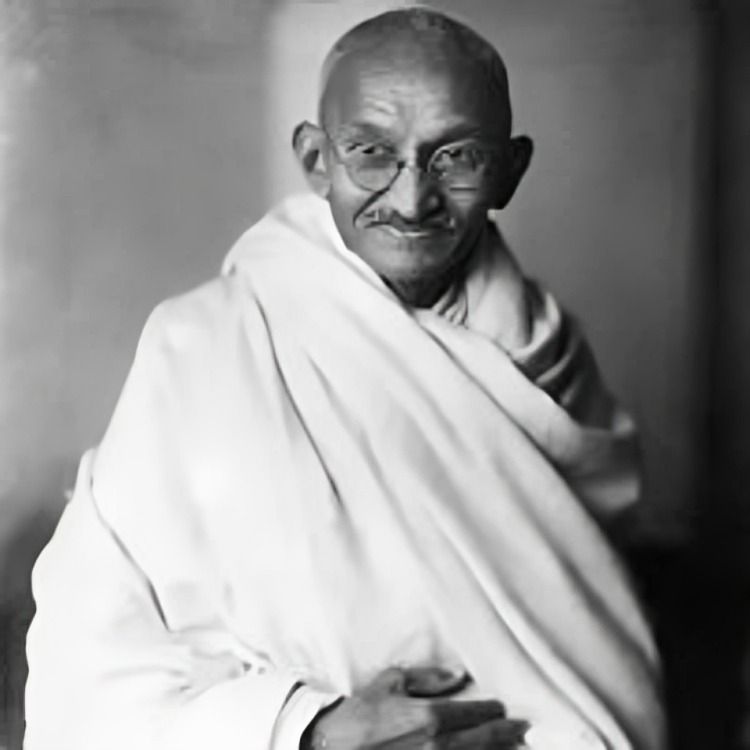
Gandhi believed, “An eye for an eye makes the whole world blind.” He preached forgiveness, even towards his enemies, demonstrating a profound moral and ethical commitment to peace and understanding.
The spinning wheel, a simple tool for making cloth, became Gandhi's symbol of independence. He urged Indians to spin their own cloth instead of relying on British goods, promoting economic self-sufficiency.10
Every morning at 4:00 AM, Gandhi began his day with prayer, meditation, and spinning. He valued discipline and simplicity, believing that a peaceful life required inner clarity and self-restraint.11
While studying law in London in 1888, Gandhi arrived during the Jack the Ripper murders. He joined the Vegetarian Society, took dance lessons, and met Arnold Hills, West Ham United’s future founder.12
Gandhi once led 79,000 people on a protest march to challenge British salt laws, demonstrating his unmatched ability to unite and mobilize masses without modern technology, using just his resolve and vision.13
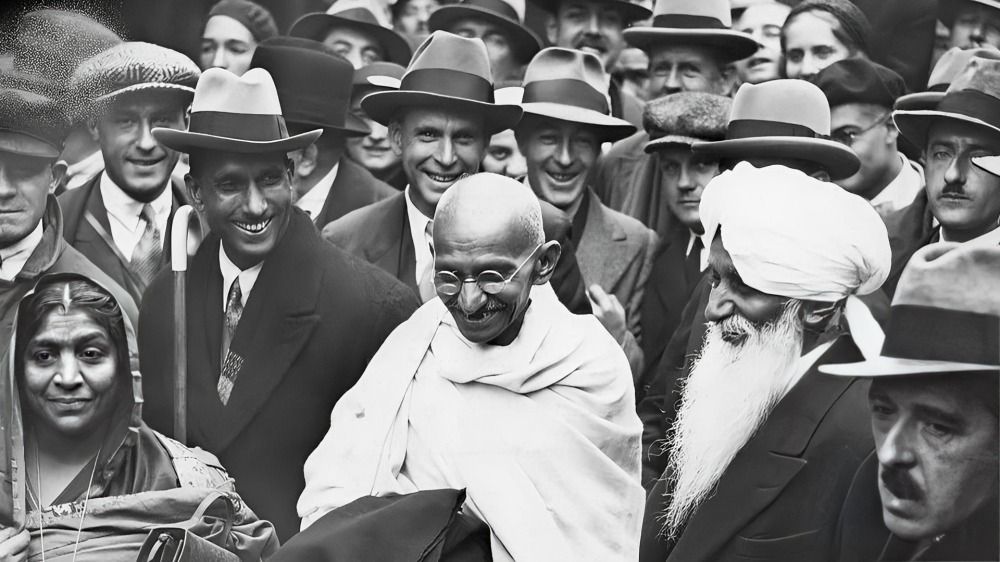
Gandhi was shy by nature, once so nervous at a London Vegetarian Society debate that someone read his arguments for him. In his early legal career, he even abandoned a case due to stage fright.
Gandhi’s personal belongings were few: glasses, sandals, a watch, and a bowl. He lived by the principle of minimalism, owning nothing beyond what was absolutely necessary for his simple lifestyle.14
Though often serious, Gandhi had a playful spirit, sometimes singing while spinning his wheel. His ability to stay lighthearted despite hardships was a testament to his resilience and optimism.15
Gandhi fought against not only British rule but also the caste system in India. He called untouchables “Harijans,” or "Children of God," and tirelessly worked for their social and political rights.16

